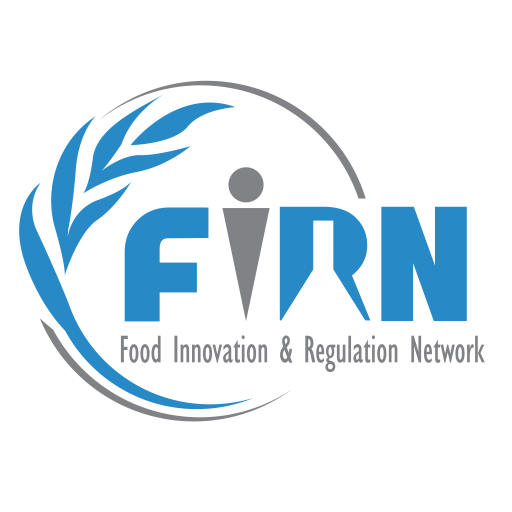Prof. (Emeritus) Pavinee Chinachoti,
Advisor of FoSTAT (Food Science and Technology Association of Thailand)
and President, Quest, Ltd., Thailand
pavinee@questfood.net
Like many other Asian countries, Thailand has been developing Food Science and Technology education and business. Over the past decades we saw Thailand gain commodity base achieving some acceptable status as leaders in world exports of rice, processed tuna, shrimp, pineapple, cassava, sugar, coconut and other tropical fruits (durian, rambutan, longan and mango, etc.). Located in the Southeast Asia peninsula, Thailand traditionally combines food culture from India, China, Vietnam, Malaysia and Micronesia. Indigenous foods of Thailand which was not widely known globally until 1980’s. The rich soil from the delta region of Chao Phraya river plus four other rivers up streams originated from mountain tops in the north and northeast. The delta serves as the main organic matter and water resources for agriculture and earlier country’s income. However, the technology gap and slow human resource as well as R&D development has impacted the food industry. Recent decline in competitiveness in food exports.
AS of 2013, Thailand food exports amounted to almost 1 mil mil Bahts (30 bil USD). It is not number one export category (in fact it was number 12th of all exports). Thailand has always long promoted its “Thai Kitchen to the World” policy. The food industry and food products are often seen as important industry because food is inherently important for the Thai people. Thai food culture and its unique taste and variety of taste that make food an integral part of living in Thailand. Thai people know what food science and technology is. Most student entering such program are upper 30%. In 1995, the Thai government declared Food Science as one of the critical need areas for future development of human resource. Special scholarships were awarded to some 500 PhD candidates for studying and conducting research abroad.
Thailand is among the slower starters in Research and Development expenditure staying stagnant at < 0.5% of GDP over previous decades. In more recent years (In 2009), while the US public and private R&D expenditures approx. 400 bil USD growing at 5% per year, we saw R&D spending surged across Asia with China and South Korea maintaining double digit growth rates. China became the second highest spender on R&D worldwide with 154 bil USD (2009) where European Union averaged at 300 bil USD (roughly 6% growth).
Because of this, the economic strategy formed during the previous government as an attempt to remove itself from “the Middle Income Trap” which is the symptoms of a low valued products are made with low valued technology and low-cost labor (and very small industrial R&D for new product development). The Thai government started Economy 4.0 initiatives since 2018 and in 2019 modeling BCG concept (Bio-Circular-Green economy) after EU, the Netherlands, Finland and Japan. This is because Thailand is rich in natural resources and biomaterials used in agriculture can be circulated to make innovated products in much greater values, such as food with value-added purpose, biotechnology, medical materials, and energy. ….
In other governmental sectors, the development of Food Valley programs in 4 regions by the Ministry of Agriculture for Small and Medium Enterprises (or SMEs), and the Board of Investments initiated Competitive Funds for the industry, special tax exempt for foreign technical experts, and Eastern Economic Corridor (EEC) development plan for industrial zone development for food processing, biotechnology, and bioeconomy in the Eastern Seaboard.
New initiatives from the Ministry of Science include the development of Science Park in 4 regions, and the development of Food Innopolis which serves as the bridge between academia and the industry in order to incubate and speed up commercialization of value-added products using technology transfer as well as empowerment of small and middle enterprises…..
Most recently after a new and unprecedented legislature to combine the Ministry of Science and Higher Education, the newly elected government approved 1.2 bil USD (37,000 mil Thai Bahts) for Research, Development and Innovation (RDI) in science and technology. The draft strategic planning document for RDI covers ….
1. BCG in Action (Bio-Circular-Green Economy)
2. Tech-based Acceleration Program
3. Thailand’s Science Park
5. Youth empowerment f
6. Work-integrated Learning
7. Thai Aging Research and Innovation Platform
8. Innovation community
9. Artificial Intelligence for all
10. Increase research outputs
On food production side, Thai population currently works in the food sector over 50% of its population. …Strategic RDI for food science and technology is, therefore, profoundly important in using technologies in new farming systems (such as forecasting and intelligent systems for crop production for stronger plants that can withstand diseases and insects with minimum use of pesticides and herbicides). Automation on the farm is one of the complicated issues for current farmers are elderly with less skills to learn technology. Keeping younger generations to stay with parents and develop new skills for reasonable earnings seem to be a viable solution that remains to be seen.
…..
Challenges, of course, are in other fronts as well. Regulatory and safety controls of food products…FIRN project (Food Innovation and Regulation Network project) is to bridge the gaps further; Thailand will open for government-to-government efforts to collaborate in food and health research programs.
Higher education in Thailand is faced with major changes. Thailand has more than 70 Food Science and Technology B.S. degree programs with approximately 3,000 faculty members in this field. ……
Thailand has been a major player in food export business. As for Asia, Food Science and Technology is of profound importance for sustainable future. It is an important time that knowledge needs to be applied across the world for making food available at a reasonable price.
Download full paper
here!


